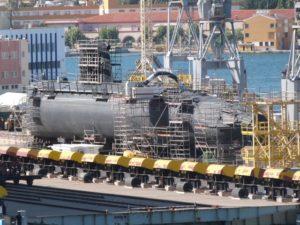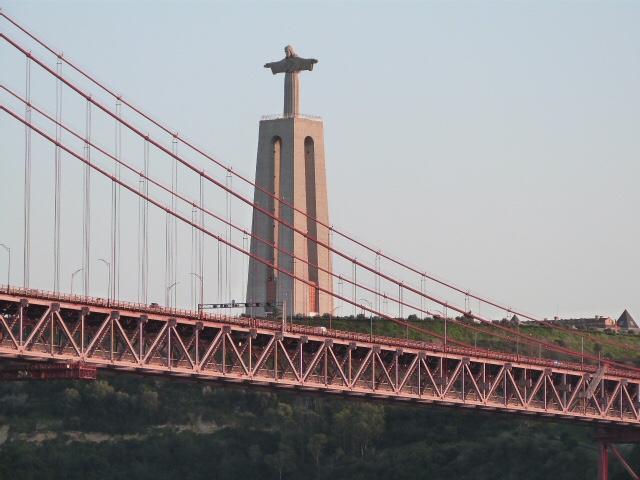It is always an interesting part of the cruise experience. Pre pandemic we always asked for a table for 8 in the Britannia restaurant but in January we found that they we not available and tables for 2 (in our case 3) were the norm. This was a sensible exercise to keep passengers safe.
This time the majority of the tables were for 2 but there were a number for 6 and Jamie Firth (a former Maitre D’) had, as usual, assisted with this for us and we were allocated one of the tables for 6. On the first evening Valda from Odiham joined us and she is still with us.
Another couple, whose names none of us can recall, sat down with us. We all introduced ourselves and the conversation started. Mrs X wanted to know all about what I did for a living. I avoided the issue which made her more inquisitive. She gave up for a time and started telling us about the vast number of cruises she had been on. Her husband seemed a nice chap, but he kept his head down for most of the evening.
That was on Sunday, our first evening on the ship. On Monday evening Jim and Di turned up in place of the mystery couple, who had clearly decided that we were not their cup of tea. Strangely we have not seen the couple anywhere on the ship since that evening.
Jane reminded me later that when we used to go on Mark Warner holidays with the kids (we went on 13 over the years – dinghy sailing, water skiing, windsurfing) the first question at dinner was ‘where do you live‘ and the second was ‘what do you do’. For a time I used to say that I was an undertaker. No one ever asked anything more and they changed the subject. But I was eventually caught out.
Dennis Amiss, the former English Test batsman was with his family on the same Mark Warner holiday. What I didn’t know was that at that time he was doing promotions for a young man who was buying up small firms of undertakers in the Midlands. Dennis had been doing his research and when his wife asked me what I did and I replied that I was an undertaker, Dennis immediately joined in, named the undertakers in Southampton and wondered which one was mine. I had to come clean.
On a later Mark Warner holiday, when asked, I said that I was a gynaecologist. That worked well and no one asked anything more until one evening a lady came and sat next to me after dinner and said she had a problem and wondered if I could help. I had to make some excuses to get out of that.
Jim and Di joined Queen Victoria for this trip as part of an Imagine Cruising promotion. They are the travel company who have supplements in the middle of the weekend newspapers. They specialise in holidays that combine cruises with other activities. Jim and Di leave the ship in Trieste, then travel to Venice, stay there for a few nights before a train and coaches to the Swiss lakes and eventually the Orient Express for the last part of their journey home.
Jim and Di are great fun. They listen to all my stories and laugh at the correct time. Jim’s family business was in hosiery (socks!) and that seems to have kept generations of their family happy.
There may be 200/250 people leaving the ship with Jim and Di but I gather that a similar number will be doing the journey in reverse and replacing the leavers in Trieste. We will see.
























